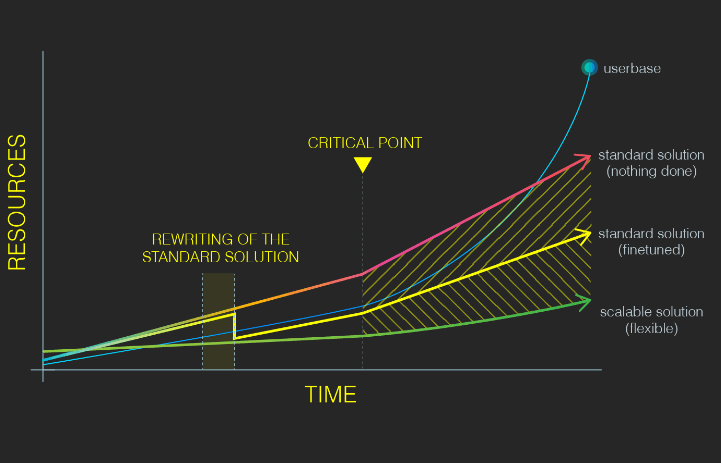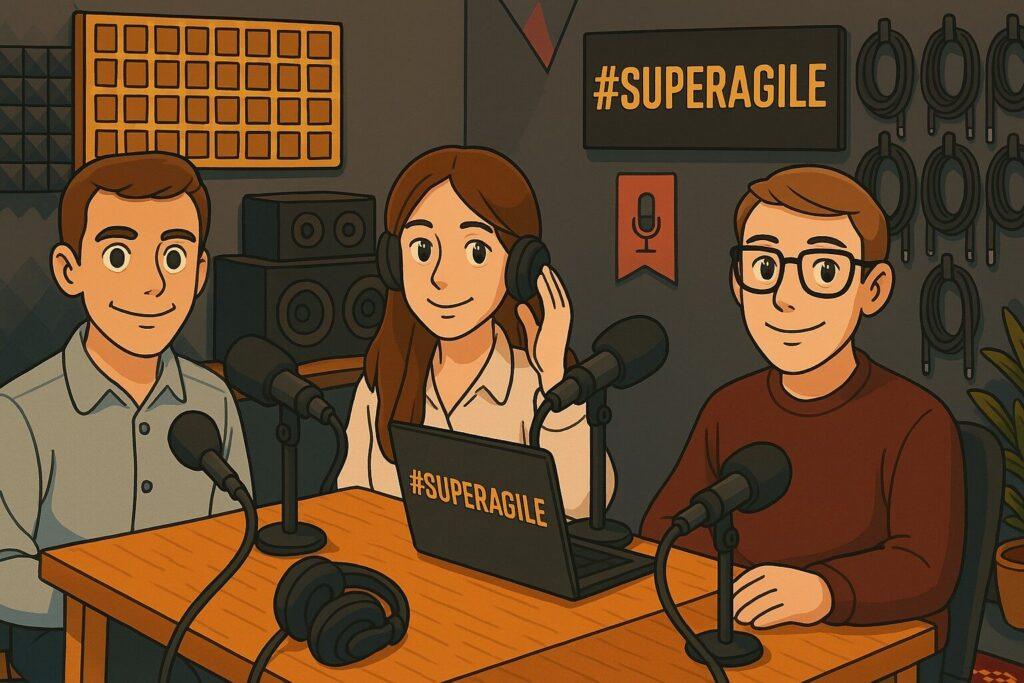In an era where global CO2 emissions pose a significant challenge, embracing sustainability in software development is not only a matter of ethical responsibility but also a smart business decision. Here are five practical tips for creating a more sustainable solutions from our software engineer, Priit Pihus.
Being ethical or making smart business decisions?
At Concise, we are actively transitioning towards sustainable practices, reaping multiple benefits along the way. Well-crafted code not only boosts software performance but also curbs resource consumption, playing a pivotal role in driving sustainable development within the software industry.
When it comes to standard software solutions, the relationship between scalability and resource consumption can quickly become an issue as the user base expands. Resource demand no longer follows a linear progression and without intervention, the software becomes increasingly reliant on resource allocation. However, by identifying this challenge early on, there is still an opportunity to optimize the code and minimize its environmental impact.


The key lies in planning for potential growth right from the start. By adopting a concise approach in the initial stages, we can significantly reduce resource consumption. This proactive path not only prepares the software for future scalability, but also contributes to a more sustainable solution overall.
By prioritizing clean code and adhering to industry best practices, our software teams can minimize resource requirements, effectively reducing our carbon footprint and fostering a more sustainable future. Our ability to merge optimized code with our extensive expertise, exemplified by our successful collaboration with EasyPark, empowers us to create software solutions capable of catering to 40+ million end users with minimal environmental impact. This underscores our unwavering commitment to scalability, efficiency, and sustainability across our projects.
5 practical tips for creating more sustainable solutions from our software engineer, Priit Pihus:
1. Choose the correct language: memory footprint and CPU time can negatively impact sustainability goals. We are huge fans of the Java ecosystem and according to the research Java belongs to the TOP 5 of languages sorted by energy and time efficiency!
2. Choose the correct platform and optimize resource usage: when deciding on a platform for your code deployment, consider utilizing managed services by cloud providers rather than self-hosted solutions. Implementing rightsizing techniques and utilizing automatic scaling for off-hours and low season can have an immense positive impact on sustainability. By efficiently allocating resources based on demand, you can minimize energy consumption and reduce carbon emissions. Additionally most cloud providers offer tools to measure your carbon footprint and actively seek opportunities to introduce new renewable energy sources to the grid.
3. Embrace best practices: actively following the best practices and keeping up with the changes in development standards adds a lot of value to the overall solution efficiency and code quality. Quality code is one small step for a developer, but a huge leap for the codebase.
4. Optimize codebase: use algorithms and data structures that minimize memory and processing requirements. Avoid unnecessary resource consumption, for example excessive network requests or redundant computations.
5. Test and Measure Performance: regularly measure code performance to identify bottlenecks and areas for improvement. Use profiling tools to analyze CPU and memory usage, identify inefficient code sections and optimize them. Performance improvements not only enhance user experience but also reduce resource consumption.
Join us in making a positive environmental impact while delivering exceptional software solutions. Together we can shape a future where cutting-edge software solutions and environmental responsibility go hand in hand. 🌍💻



